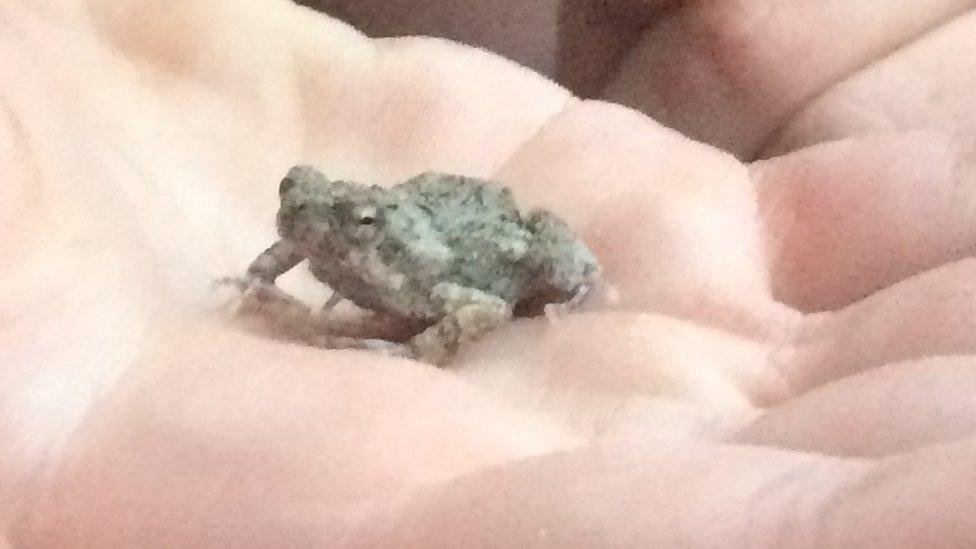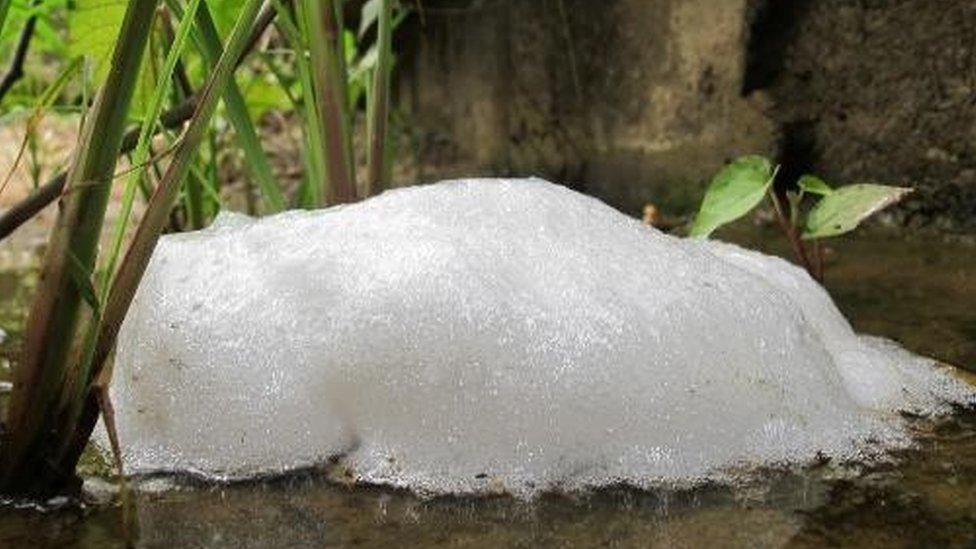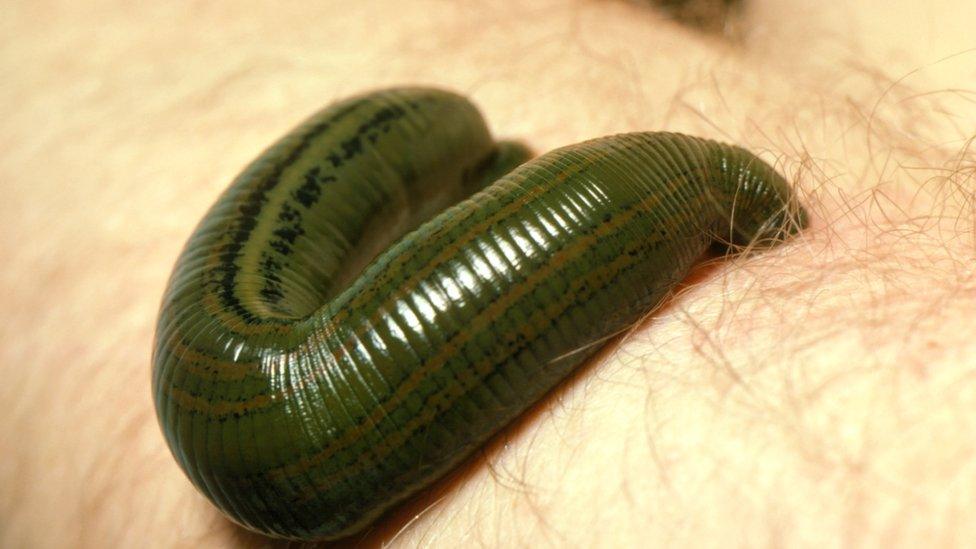Frog foam could deliver drug therapy
- Published

Tungara frogs nest on the surface of ponds
Foam made by miniature frogs to protect their eggs could offer a clever way to deliver healing drugs to burns patients, say scientists.
Tough bubbles could trap and deliver medication while providing a protective barrier between the wound dressing and the damaged skin, they believe.
The Strathclyde University researchers have begun making a synthetic version of foam.
They are taking inspiration from the tiny Tungara frog from Trinidad.
After mating, the 5cm-sized amphibians whip up a bubbly nest that protects the spawn for days from disease, predators and weather.

The foam is made of at least six proteins that retain the shape and strength of the nest.
Dr Paul Hoskisson and his colleagues say they have worked out the composition of four of these proteins and have begun mixing their own recipe.
Bio-inspired
When they loaded their synthetic foam with a dye as a test, they found it released it at a steady rate for up to seven days.
Next they loaded it with an antibiotic drug called vancomycin and found the drug was released and worked as it should on infected laboratory samples, without damaging the health of cells.
But they say they are still some way off creating a foam that is as stable as the one made by the frogs.
Dr Hoskisson said: "I'd say we are about half way there, to making a stable foam. Once we do that, we would then need to test it in patients, but that will take a few years yet."
While foams like these are a long way from hitting the clinic, they could eventually help patients with infected wounds and burns, by providing support and protection for healing tissue and delivering drugs at the same time, said Dr Hoskisson.
The researchers are presenting their early work to the Microbiology Society's Annual Conference taking place in Liverpool.
- Published27 October 2015
